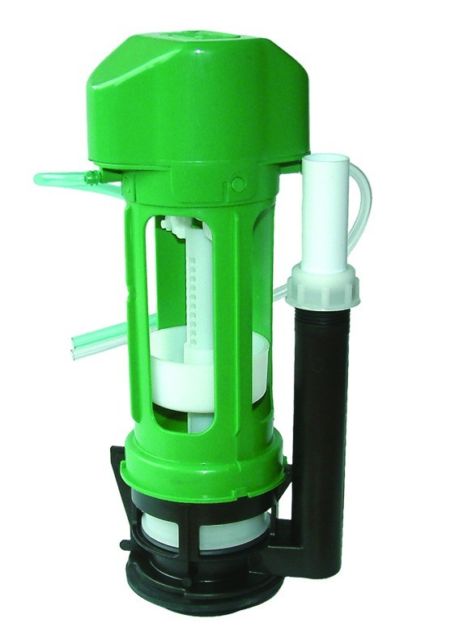The modern flushing toilet is one of the simpler mechanical devices around your home. Such bathrooms come in two parts: the tank or cistern, and the bowl. Flawlessly operated toilet cistern parts can make your toileting experience easy. But it will make an annoying situation when it will get clogged! Improper installation or damaged toilet cistern parts create clogged toilets and other toilet issues regularly and need plumber assistance.

Today’s modern toilets look sophisticated, but toilet cistern parts have been essentially unchanged for centuries, and their operation is remarkably the same. Understanding the toilet cistern parts and how they function can help you understand how to address the problems efficiently. Let’s discuss toilet cistern parts as it will help you order the specific part easily online.
Water Tank
Toilet cistern generates pressure to siphon away the waste, which is impossible with the standard household water pipes. When all the toilet cistern parts function correctly, it will take 30 to 60 seconds to fill water into the tank. Also, it will take three seconds for all this water to be dumped into the toilet bowl with a flush. Thus, active and effective toilet cistern parts create the needed siphoning effect for toilet flushing.

Tank Components
All of the following toilet cistern parts work together in the modern flushing toilets that you have in your home or commercial space:
Handle: It is one of the toilet cistern parts outside the tank and initiates the flush. It was attached to a horizontal rod that connects to a chain or wire. When the toilet handles get loosen, a simple fix can be done by tightening the plastic or metal mounting nut inside the tank.

Handle arm: It is a spinning or revolving component attached to the handle, but it remains inside the cistern.
Chain: It is a unique component extending out horizontally from the handle arm to the flapper. A lifting rod is linked to a chain that descends vertically to the tank’s bottom. It will operate the flushing valve mechanism at the bottom of the tank to get opened and let the water flush down into the toilet bowl.
Flapper: The lift chain operates the rubber flappers, which act like a seal regulated by the lift chain. It rests against the flush valve opening. Flappers eventually will get worn out or become misaligned, allowing water to keep leaking down into the toilet bowl after the flush and need a replacement.

Flush valve: A plastic or metal part attaches to the toilet tank flapper and holds the flapper open while water flows into the bowl.
Drain hole: Piece of plumbing that connects the toilet tank to the bowl
Fill valve: It is a device at the back inside the tank, often known as the ballcock. It is a vertical assembly mounted on the left side of the tank. It opens to enter the freshwater supply to refill the tank and closes when the water reaches the proper level in the tank.
Refill tube: It is the water supply tube on the bottom of the toilet tank, which is made up of vinyl, plastic or steel mesh supply tube. It will direct water from the fill valve into the tank!

Float ball: It is a type of float device that detects the water level in the tank and stops the water supply valve when it reaches its ultimate level. It specifies whether the cistern is filled or it is empty and needs water to get filled.
Overflow tube: It is in a toilet cistern which prevents water in the tank from overflowing. Any excess water will spill over the top of the overflow tube and down into the toilet bowl.
Do you want to learn more about the toilet cistern parts, or do you want to order them online? Please speak to the expert team at My Toilet Spares today.
No comments:
Post a Comment